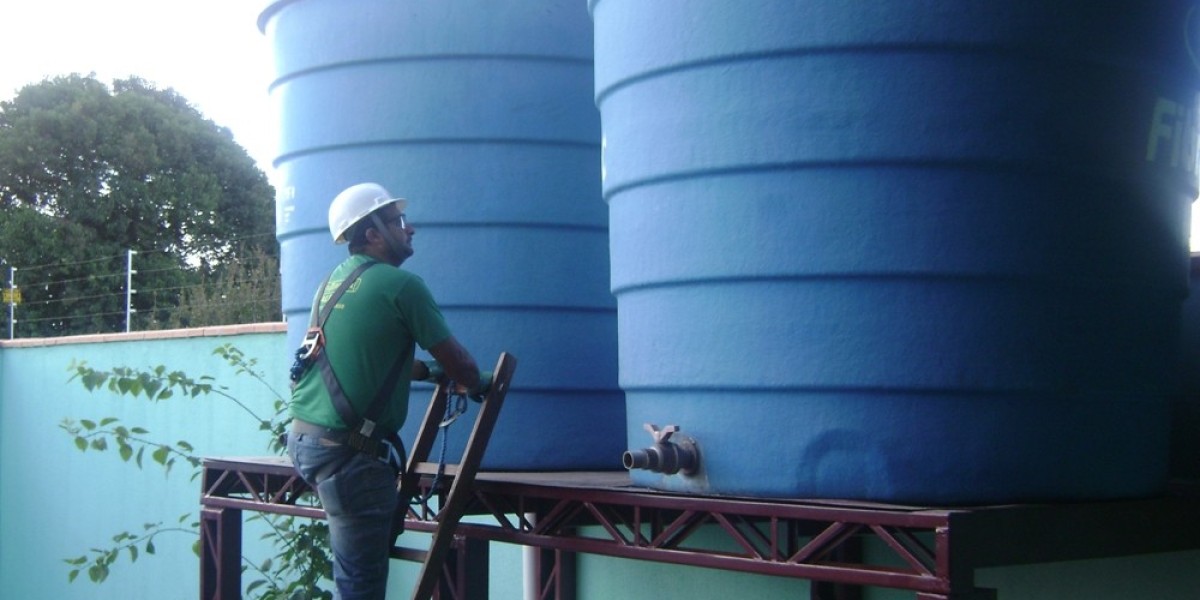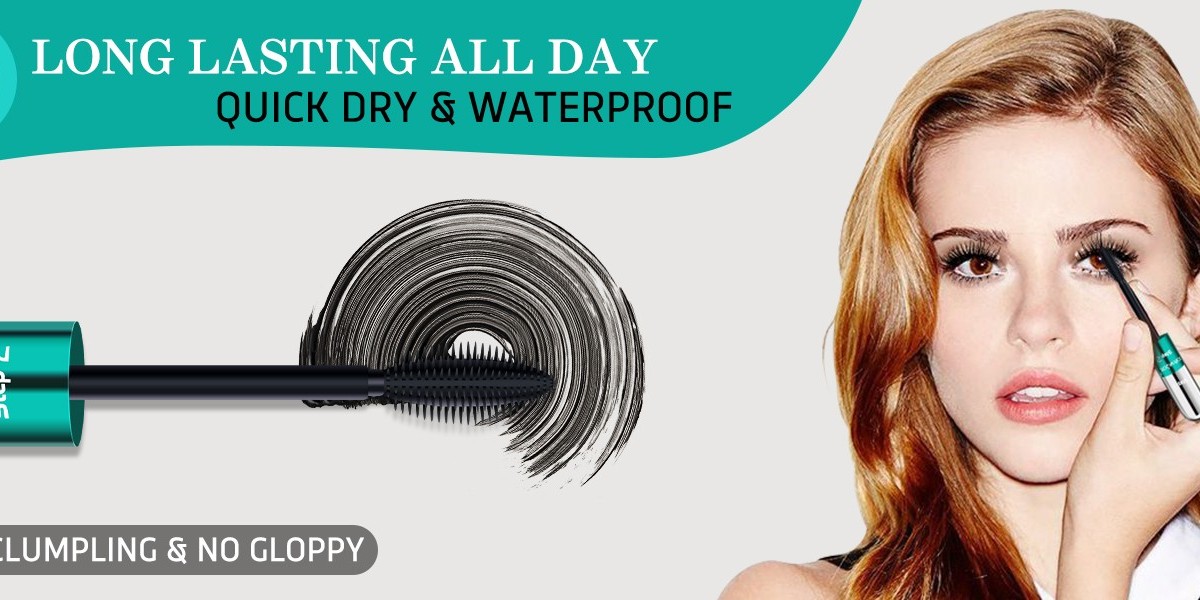For centuries, humans have been using various tools to leave their mark on documents, letters, and crafts. One such tool that has stood the test of time is the rubber stamp. The history and evolution of rubber stamps in the crafting industry is a fascinating journey that has seen the development of new techniques, materials, and designs.
Early Beginnings
The history of rubber stamps can be traced back to ancient civilizations, where people used carved wooden blocks to imprint designs on various surfaces. These early stamps were primarily used for official and administrative purposes, such as marking important documents and sealing letters. The use of rubber as a stamping material came much later, with the invention of vulcanized rubber in the 19th century.
The Evolution of Rubber Stamps
With the advent of vulcanized rubber, the crafting industry saw a significant shift in the way stamps were produced and used. Rubber stamps became more accessible and affordable, leading to their widespread use in both commercial and personal applications. The introduction of photopolymer and clear stamps in recent years has further revolutionized the industry, offering crafters a wider range of design options and versatility.
Innovations in Design and Technology
The history and evolution of rubber stamps in the crafting industry have been marked by continuous innovations in design and technology. From traditional wood-mounted stamps to self-inking and digital stamps, crafters now have a plethora of options to choose from. The rise of online marketplaces and custom stamp services has also made it easier for individuals to create personalized stamps for their specific crafting needs.
The Impact on Crafting
The history and evolution of rubber stamps in the crafting industry have had a profound impact on the way people approach creative projects. Stamps are no longer just tools for adding decorative elements to paper crafts; they have become a means of self-expression and storytelling. Crafters now use rubber stamps to create intricate designs, add texture and dimension to their projects, and even build entire scenes and narratives.
In conclusion, the history and evolution of rubber stamps in the crafting industry have transformed the way people engage with art and creativity. From ancient wooden blocks to modern photopolymer stamps, the journey of rubber stamps is a testament to human ingenuity and the enduring appeal of handmade crafts.







